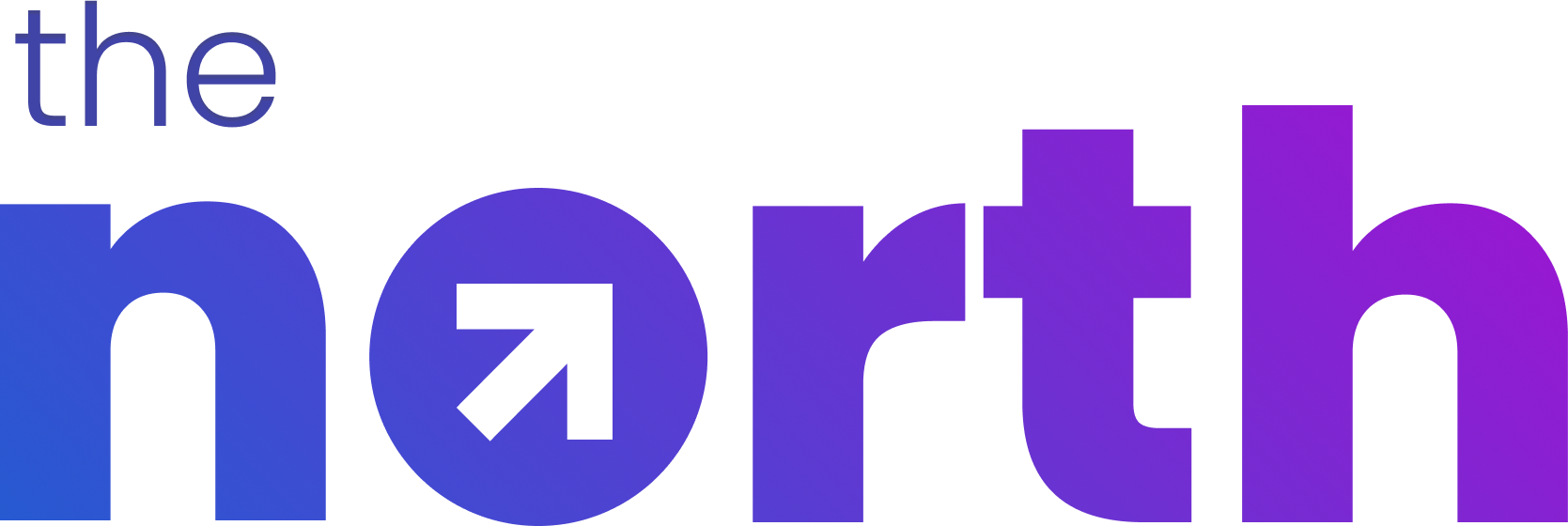1954
Peter Drucker develops the Management by Objectives framework
1968
Andy Grove adapts the Management by Objectives framework for use at Intel, and calls it Objectives and Key Results (OKRs)
1975
Grove writes about OKRs in his book “High Output Management”
1990s
OKRs gained popularity within the technology industry
2000s
OKRs become more widely adopted by companies and organizations in various industries
2010s
OKRs gain further popularity and attention thanks to their use by successful companies like Google and LinkedIn
2020s
OKRs continue to be used by companies and organizations around the world as a goal-setting and tracking framework
The origin of OKRs
The origin of OKRs can be traced back to the early days of the technology industry when Andy Grove, a leader and innovator in the field of semiconductor technology at Intel, was looking for a way to help Intel set and track its goals more effectively.
One day, Grove came across a goal-setting framework called Management by Objectives (MBO), which was developed by the management consultant Peter Drucker. This framework focused on setting clear and specific objectives, and tracking progress towards those objectives using key results.
Grove was intrigued by this approach, and he decided to adapt it for use at Intel. He called the adapted framework “Objectives and Key Results,” or OKRs for short. He believed that OKRs could help Intel to set ambitious goals, track progress towards those goals, and make adjustments as needed to achieve the desired results.
Over time, OKRs proved to be very effective at helping Intel to set and track its goals. Grove wrote about OKRs in his book “High Output Management,” and the framework quickly gained popularity within the technology industry. Today, OKRs are used by companies and organizations around the world to set and track their goals, and to drive continuous improvement and growth.
North is a single app for Strategy, OKRs, and Initiatives
North is built for data-driven companies that want to make an impact.
Companies of all sizes use North for strategy, goals and Initiatives.

Before you start
What are OKRs?
OKR Meaning
History of OKRs
Benefits of OKRs
Are OKRs right for me?
OKR Mistakes to Avoid
A Brief Guide to OKRs
Aligning with OKRs
Strategic Planning
OKRs in Strategy
SMART, MBO, BHAG
Role of an OKR Champion
Take the OKR Quiz
The North Guide to OKRs
Getting started with OKRs
How North works
A typical OKR Cycle
Planning your OKRs
Weekly OKR Check-In
Stretch vs Committed OKRs
Aligning vs Cascading OKRs
Aligning OKR Teams
OKRs vs KPI
OKR vs KPI: with Examples
Input vs Output metrics
Good and Bad OKRs
OKRs and Agile
OKR Templates
Learning resources
Vision & Mission Templates
Google OKR Template
OKRs for Product teams
OKRs for CEOs’ teams
OKRs for Sales teams
OKRs for Marketing teams
OKRs with Google Workspace
North Features
Getting started with North
Org and Team goals
Goal Initiatives
Goal Check-ins
Give Awards
Goal Alignment
Our take on Product
OKRs for AARRR Metrics
On Product discovery
Communicating well
Metrics for Product teams
Telling stories with data
Data visualisation
